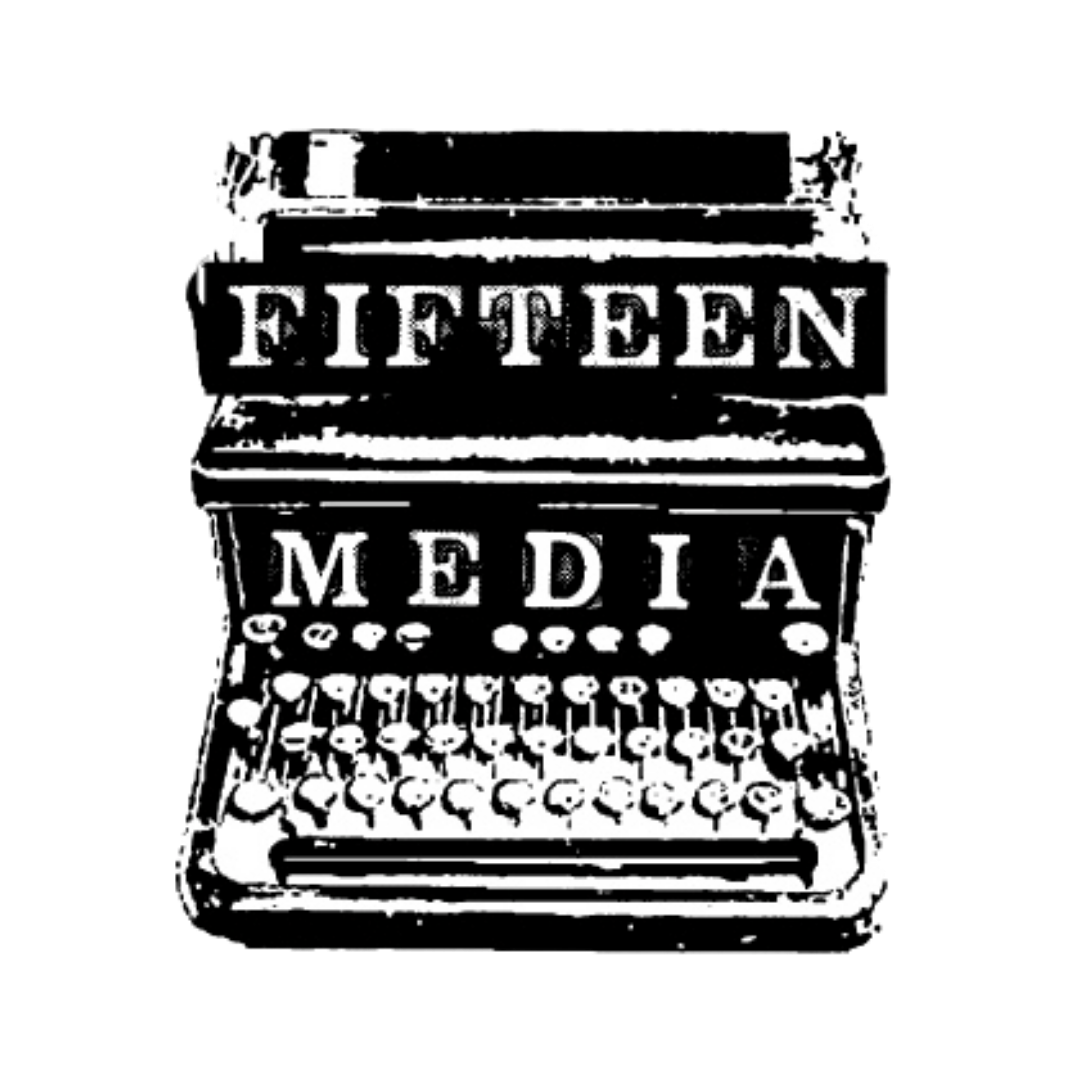How is PR Different From Every Other Type of Communication?
If you aren’t super familiar with the world of communications, it can seem like it’s all the same thing. I know that when I look at other industries, I feel the same way. For example, my husband is an engineer and I barely understand what exactly he does or how it’s different from other types of engineering. But just like engineering, business communications has distinct specialties that are very different from one another.
In this post, I’m going to explain how PR is different from other types of communication specialties.
The Communications Landscape is Huge
Before we dig into the nitty-gritty, let’s take a look at the entire field. Simply defining communications can be tricky and might change depending on who you ask. For our purposes, we’ll define communications as:
Any effort to promote and spread the word about a particular business.
Here are some examples:
Sending a newsletter to your current customers
Publishing a blog post about the latest company news
Posting a graphic on your business Facebook page
Spending $1000 to boost that Facebook post
Buying a billboard in Times Square
Sponsoring your local sports team
Appearing on a morning news show to talk about your specialty
Helping a reporter get information on the latest industry trends
As you might have guessed, this list is not comprehensive and could go on and on and on and on. Each of those bullet points could have had at least another ten creative ways to go about it, and each of those another ten too.
But did you catch which two are types of PR? I’ll use those as examples for the rest of the post.
(pssst...the last two)
Now let’s look at how you can tell the difference between PR and all the other types of business communication strategies.
Most Communication Strategies Cost, PR is (mostly) Free
If you think about buying highway billboards, running TV commercials, social media ads, and so on, it all involves paying for exposure. That is paid advertising.
The goal of PR is to get earned media. You “earn” media attention by offering something interesting or helpful to their audience. Usually, it’s something like a story, “how-to” advice or a new perspective.
From the examples above, a baker could do a segment to teach viewers how to bake the perfect chocolate chip cookie. That would be considered PR because the baker is earning free media attention and exposure. But if they had purchased a commercial slot to announce a new bakery location, that would be advertising just simply because they had purchased it.
It’s the same with print. In the example about helping a reporter, if the baker is quoted explaining the chemistry of a cookie, it is considered PR because the baker didn’t pay to be quoted, they were just helping out. But if the baker bought a full-page ad to boast of their high-quality ingredients, the purchase makes it an advertisement.
I should mention that there are some costs associated with PR. While sending a pitch is free, it’s basically just an email, you may choose to pay a publicist to send that pitch for you. And in the last decade or so, more and more publications are coming up with creative pay-to-play models such as requesting that you sponsor a post or buy an advertisement before they consider publishing something about you for free.
But don’t fret, pure PR is still around and kicking!
You Give Up a Bit of Control in PR
One of the trade-offs for getting earned media is losing a bit of control over what is said about your business and brand. You always have control over what you pitch, but the publication gets the final say in what they publish.
In almost every other form of business communications, you have total and 100% control over how your brand is portrayed. If you are writing a newsletter or posting on social media, it’s all up to you. If you are paying for small-time or big-time advertisements, it’s still up to you to come up with the exact message you want to say.
But if you are interviewed for a story about your industry, you can only control what you say in the interview, not what the reporter writes in the article.
This can make some people uneasy, but let me tell you, there is a huge payoff.
PR is the Most Effective Way to Boost Your Credibility
The combination of not paying for a media placement and not having control over it does one thing for your business that no other form of communications can even come close to providing:
PR makes your brand look oh-so-wonderfully credible.
Have you ever read an article where they attribute a quote to some industry expert? All the time, right?
If the article was about cookies, they might want an industry expert to spell out some professional tips and end the quote with something like “said Jane Doe, the head baker from Cookies & Co.” That kind of media mention makes Jane Doe look really good.
And after Jane Doe teaches the best cookie making techniques on the morning news segment, she looks like the top baker in the greater metropolitan area!
Every time the media chooses to include you in their work, it is kind of like they are vouching for you. And the fact that you didn’t pay to carefully manipulate the message shows that you are trustworthy.
That’s the beauty of 3rd party credibility!
More than anything else, this 3rd party credibility is what makes PR different from every other way you can promote your business. It’s also why I love it.
